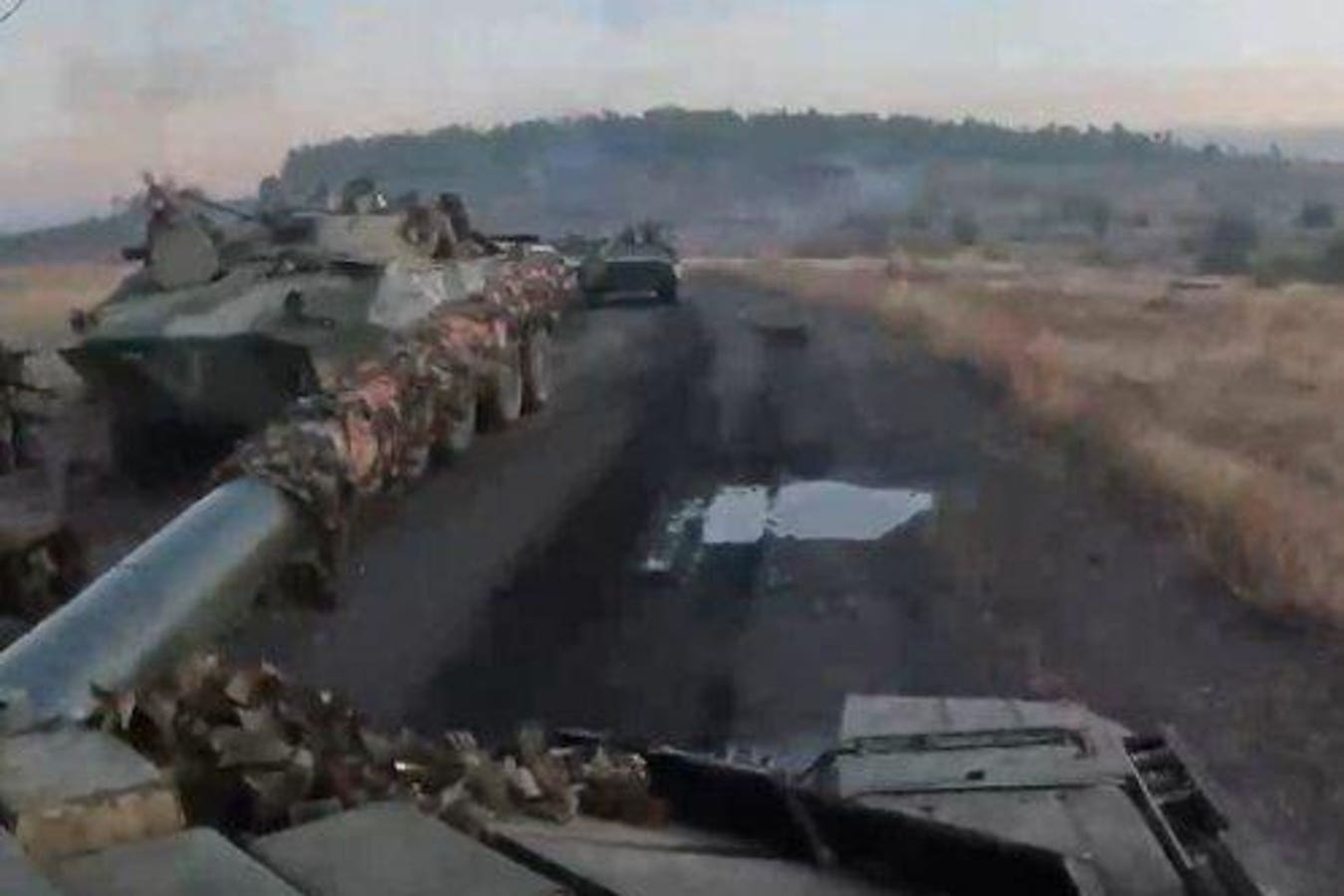The Arzamas Machine Building Plant, in Nizhny Novgorod Oblast just east of Moscow, built fewer than a dozen BTR-90 wheeled fighting vehicles starting in 1994.
The eight-wheel, 23-ton vehicles spent a few years rolling with Russian interior troops on a trial basis—and then went into storage at the 38th Scientific-Research Institute in Kubinka, near Moscow.
There was, at the time, simply no need for a new BTR. The older BTR-80, BTR-70 and BTR-60 were perfectly adequate and in ample supply.
Two decades later, the calculus has changed. And the BTR-90s are back in action—in Ukraine. A video that circulated online on Friday depicts at least one BTR-90 in action in Russia’s 21-month wider war on Ukraine.
It’s not hard to understand why the Russians are pulling 30-year experimental vehicles out of long-term storage and sending them to the front line.
In nearly two years of hard fighting, the Russians have lost around 4,000 infantry fighting vehicles and armored personnel carriers. That’s roughly a third of the IFVs and APCs Russian forces had in active service in February 2022.
Russian industry might produce a thousand new and upgraded fighting vehicles and personnel carriers in 2023, if comments from Vladimir Artyakov, a deputy general director with the Rostec state corporation, are accurate.
The balance of several thousand vehicles has to come from somewhere. As Russian technicians pull from long-term storage the last recoverable BMP-1s and BTR-50s from the 1960s and ‘50s, they apparently are turning their attention to test establishments such as the 38th Scientific-Research Institute.
The BTR-90 isn’t a bad vehicle. Its hull is larger than the hull of the older BTR-80. It has a 2A42 30-millimeter autocannon and armor that should protect it from machine-gun fire.
And the wheeled IFV should be supportable. Its automotive components are similar to the BTR-80’s. Its gun also arms the BMP-2 tracked IFV.
The problem with the BTR-90 isn’t the BTR-90. It’s the industrial desperation it speaks to. The Kremlin is working hard to mobilize its weapons industry for a war that could grind into 2025 or beyond.
It’s swapping in Russian components for sanctioned foreign components in order to expand production of T-72 and T-90 tanks. It’s reestablishing from-scratch manufacturing of T-80s.
But these efforts take time and money. And in the meantime, Russian regiments still need fresh vehicles—thousands of them—to replace unrelenting combat losses. The regiments will take whatever IFVs and APCs they can get. Including experimental BTR-90s.
Read the full article here





